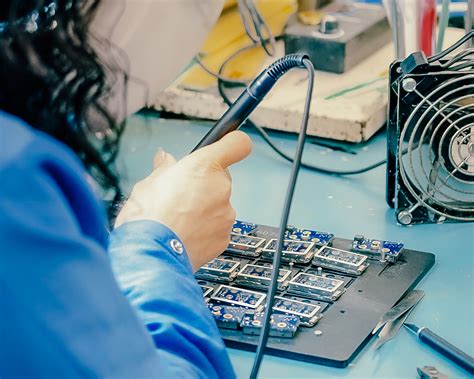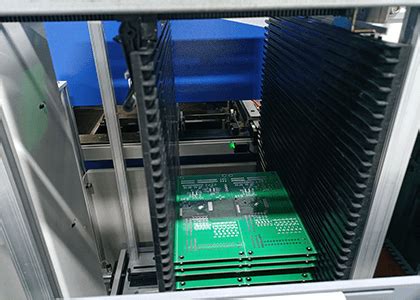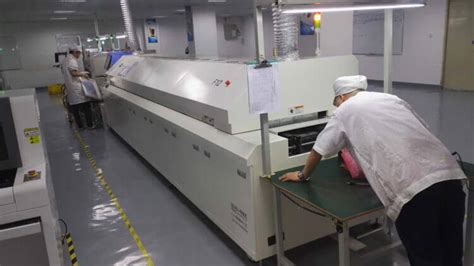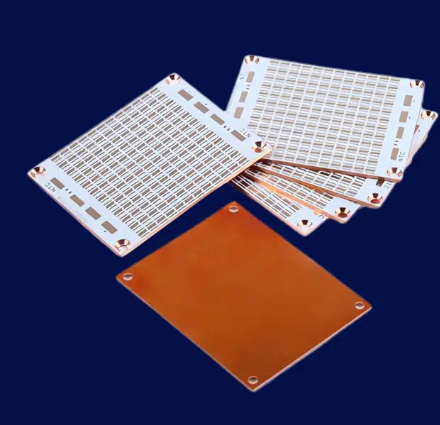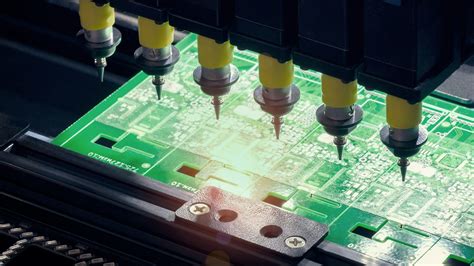Double sided metal core pcb
Advantages Of Double Sided Metal Core PCBs In High-Power Applications
Double-sided metal core printed circuit boards (PCBs) have emerged as a pivotal technology in high-power applications, offering a range of advantages that make them indispensable in various industries. These PCBs are characterized by their unique construction, which includes a metal core sandwiched between two layers of conductive material. This design not only enhances their thermal management capabilities but also provides several other benefits that are crucial for high-power applications.
One of the primary advantages of double-sided metal core PCBs is their superior thermal conductivity.
In high-power applications, components often generate significant amounts of heat, which can lead to performance degradation or even failure if not properly managed. The metal core in these PCBs acts as a heat sink, efficiently dissipating heat away from critical components.
This thermal management capability ensures that the components operate within their optimal temperature range, thereby enhancing their reliability and longevity. Consequently, double-sided metal core PCBs are particularly well-suited for applications such as LED lighting, power supplies, and automotive electronics, where efficient heat dissipation is paramount.
In addition to thermal management, double-sided metal core PCBs offer enhanced mechanical stability.
The metal core provides a robust structural foundation, making these PCBs more resistant to mechanical stress and vibration. This is especially important in high-power applications where the PCBs may be subjected to harsh operating conditions. The increased mechanical stability not only protects the components but also ensures consistent performance over time. This makes double-sided metal core PCBs an ideal choice for industrial and aerospace applications, where reliability and durability are critical.
Furthermore, double-sided metal core PCBs facilitate improved electrical performance.
The metal core can serve as a ground plane, reducing electromagnetic interference (EMI) and enhancing signal integrity. This is particularly beneficial in high-power applications where maintaining signal quality is essential. The reduced EMI ensures that the electronic signals are transmitted with minimal distortion, thereby improving the overall performance of the system. This advantage is especially relevant in telecommunications and high-frequency applications, where signal integrity is of utmost importance.
Another significant benefit of double-sided metal core PCBs is their ability to support higher current densities.
The metal core provides a low-resistance path for current flow, allowing the PCB to handle higher currents without excessive heating. This capability is crucial in high-power applications where large amounts of current need to be transmitted efficiently. The ability to support higher current densities not only enhances the performance of the system but also allows for more compact and efficient designs. This is particularly advantageous in applications such as electric vehicles and renewable energy systems, where space and efficiency are critical considerations.
Moreover, double-sided metal core PCBs offer design flexibility.
The use of a metal core allows for the integration of various components on both sides of the PCB, enabling more complex and compact designs. This flexibility is particularly beneficial in high-power applications where space constraints are a common challenge. The ability to design more compact and efficient systems without compromising on performance makes double-sided metal core PCBs a preferred choice for many engineers and designers.
In conclusion, double-sided metal core PCBs provide a multitude of advantages in high-power applications, including superior thermal management, enhanced mechanical stability, improved electrical performance, higher current density support, and design flexibility. These benefits make them an indispensable technology in various industries, ensuring reliable and efficient operation in even the most demanding conditions. As high-power applications continue to evolve, the importance of double-sided metal core PCBs is likely to grow, further solidifying their role as a critical component in modern electronic systems.
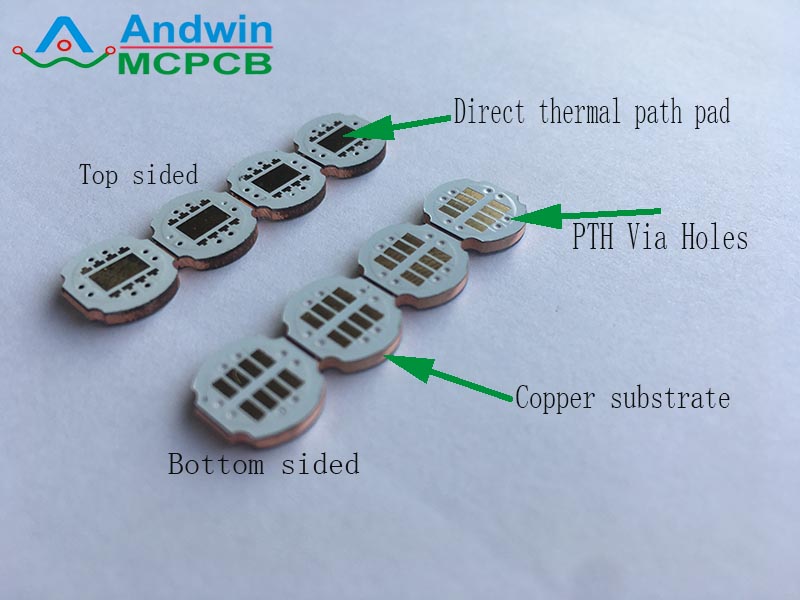
Manufacturing Process Of Double Sided Metal Core PCBs
The manufacturing process of double-sided metal core PCBs (Printed Circuit Boards) is a sophisticated and intricate procedure that demands precision and expertise. These PCBs are integral to various high-performance applications due to their superior thermal management capabilities, which are achieved through the incorporation of a metal core, typically aluminum or copper. The process begins with the selection of the appropriate metal core material, which is chosen based on the specific thermal and mechanical requirements of the application.
Once the metal core is selected, it undergoes a thorough cleaning process to remove any contaminants that could affect the adhesion of subsequent layers.
This is followed by the application of a dielectric layer, which serves as an insulating barrier between the metal core and the conductive copper layers. The dielectric material is carefully chosen to ensure optimal thermal conductivity and electrical insulation properties.
Subsequently, copper foil is laminated onto both sides of the dielectric-coated metal core.
This lamination process involves the application of heat and pressure to ensure a strong bond between the copper and the dielectric layer. The laminated board is then subjected to a drilling process, where precise holes are created to accommodate vias and through-hole components. These holes are meticulously drilled to ensure alignment and accuracy, which are critical for the functionality of the final PCB.
Following the drilling process, the board undergoes a thorough cleaning to remove any debris or residues.
The next step involves the application of a photoresist layer, which is a light-sensitive material that allows for the precise patterning of the copper layers. The board is then exposed to ultraviolet (UV) light through a photomask, which defines the desired circuit pattern. The exposed areas of the photoresist harden, while the unexposed areas remain soft and can be easily removed.
After the development of the photoresist, the board undergoes an etching process, where the unprotected copper is removed, leaving behind the desired circuit pattern.
The remaining photoresist is then stripped away, revealing the patterned copper traces. To ensure electrical connectivity between the two sides of the PCB, a plating process is employed to deposit a thin layer of copper into the drilled holes, creating vias that electrically connect the top and bottom layers.
The next stage involves the application of a solder mask, which is a protective layer that prevents solder bridges and short circuits during the assembly process. The solder mask is applied to both sides of the board and then cured using UV light. Following this, a silkscreen layer is added to provide component labels and other important information.
The final steps in the manufacturing process include surface finishing and electrical testing.
Surface finishing involves the application of a protective coating, such as HASL (Hot Air Solder Leveling), ENIG (Electroless Nickel Immersion Gold), or OSP (Organic Solderability Preservatives), to enhance solderability and protect the copper traces from oxidation. Electrical testing is conducted to verify the integrity and functionality of the PCB, ensuring that there are no open circuits or shorts.
In conclusion, the manufacturing process of double-sided metal core PCBs is a meticulous and multi-step procedure that requires careful attention to detail and adherence to stringent quality standards. The result is a high-performance PCB that offers superior thermal management and reliability, making it an essential component in various advanced electronic applications.
Thermal Management Solutions Using Double Sided Metal Core PCBs
Double-sided metal core printed circuit boards (PCBs) have emerged as a pivotal solution in the realm of thermal management for electronic devices. As electronic components become increasingly powerful and compact, the need for efficient heat dissipation mechanisms has never been more critical. Double-sided metal core PCBs address this need by providing a robust platform that not only supports electronic components but also effectively manages the heat they generate.
At the heart of double-sided metal core PCBs is a metal substrate, typically aluminum or copper, which is sandwiched between two layers of dielectric material.
This metal core serves as a thermal conduit, efficiently transferring heat away from the components mounted on the PCB. The dielectric layers, which are thermally conductive yet electrically insulating, ensure that the heat is conducted to the metal core without causing electrical interference. This unique construction allows double-sided metal core PCBs to offer superior thermal performance compared to traditional FR4-based PCBs.
One of the primary advantages of using double-sided metal core PCBs is their ability to handle high power densities.
As electronic devices continue to shrink in size while increasing in functionality, the power density within these devices rises correspondingly. This increase in power density generates more heat, which, if not managed properly, can lead to thermal runaway and eventual device failure. Double-sided metal core PCBs mitigate this risk by providing a direct thermal path from the heat-generating components to the metal core, which then dissipates the heat efficiently.
Moreover, double-sided metal core PCBs offer enhanced mechanical stability.
The metal core provides a rigid foundation that reduces the risk of warping and mechanical stress, which can be particularly beneficial in applications subjected to harsh environmental conditions. This mechanical robustness, combined with superior thermal management, makes double-sided metal core PCBs an ideal choice for automotive, aerospace, and industrial applications where reliability and performance are paramount.
In addition to their thermal and mechanical benefits, double-sided metal core PCBs also facilitate improved electrical performance. The metal core can act as a ground plane, reducing electromagnetic interference (EMI) and enhancing signal integrity. This is particularly advantageous in high-frequency applications where signal integrity is crucial. Furthermore, the ability to mount components on both sides of the PCB allows for more compact and efficient designs, which can be a significant advantage in space-constrained applications.
The manufacturing process of double-sided metal core PCBs, while more complex than that of traditional PCBs, has been refined to ensure high reliability and performance. Advanced techniques such as laser drilling and precision etching are employed to create the necessary vias and traces, ensuring that the thermal and electrical pathways are optimized. Additionally, the use of high-quality materials and stringent quality control measures ensures that the final product meets the demanding requirements of modern electronic applications.
In conclusion, double-sided metal core PCBs represent a significant advancement in thermal management solutions for electronic devices. Their ability to efficiently dissipate heat, combined with enhanced mechanical stability and improved electrical performance, makes them an indispensable component in high-power and high-reliability applications. As the demand for more powerful and compact electronic devices continues to grow, the role of double-sided metal core PCBs in ensuring their performance and longevity will only become more critical.
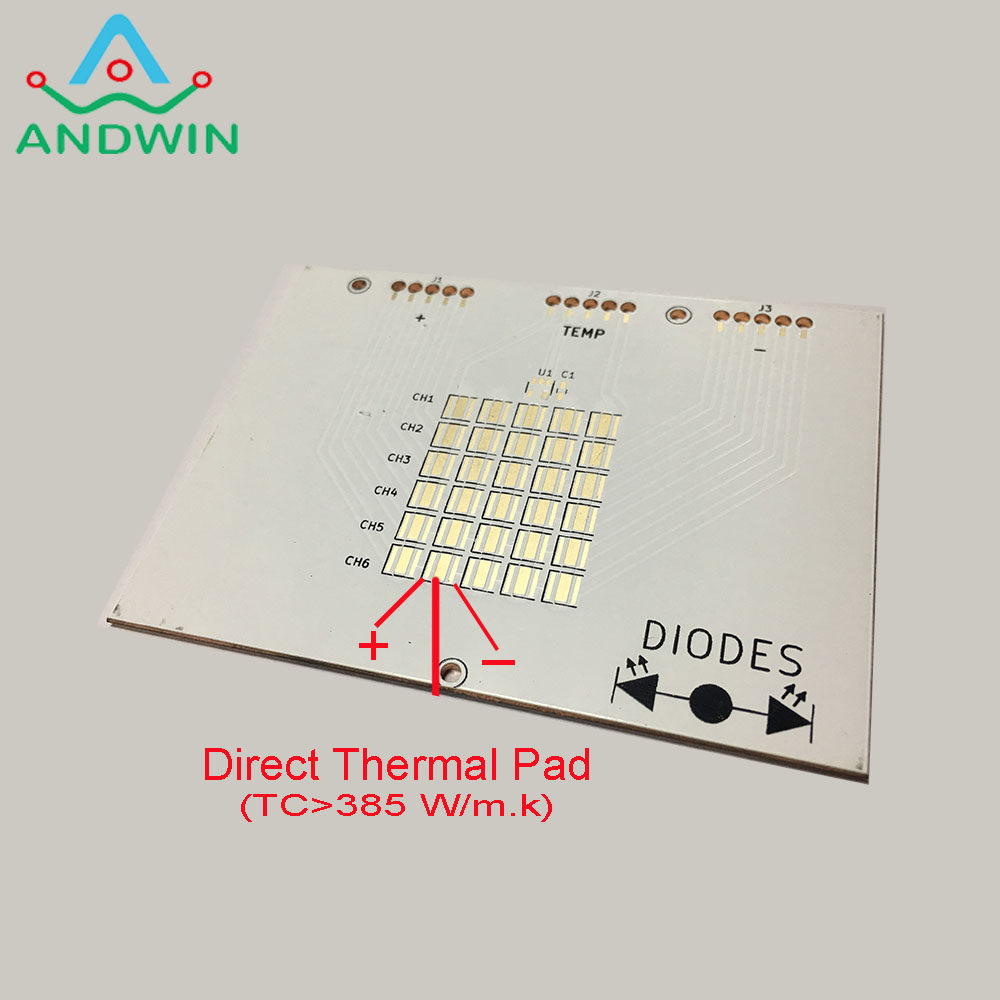
Design Considerations For Double Sided Metal Core PCBs
When designing double-sided metal core printed circuit boards (PCBs), several critical considerations must be taken into account to ensure optimal performance and reliability. These PCBs, which incorporate a metal core to enhance thermal management, are particularly advantageous in applications where heat dissipation is paramount. However, the unique structure of double-sided metal core PCBs introduces specific design challenges that must be meticulously addressed.
To begin with, the selection of the metal core material is a fundamental aspect of the design process.
Commonly used materials include aluminum and copper, each offering distinct thermal and mechanical properties. Aluminum is favored for its excellent thermal conductivity and lightweight nature, making it suitable for applications where weight is a concern. Copper, on the other hand, provides superior thermal and electrical conductivity but is heavier and more expensive. The choice of material should align with the specific thermal management requirements and budget constraints of the project.
Transitioning to the layout design, it is essential to consider the placement of components and the routing of traces on both sides of the PCB.
The metal core acts as a thermal conduit, efficiently dissipating heat away from high-power components. Therefore, placing heat-generating components in close proximity to the metal core can significantly enhance thermal performance. Additionally, careful planning of trace routing is necessary to minimize thermal resistance and ensure efficient heat transfer. This often involves balancing the distribution of power and ground planes to optimize thermal pathways.
Another critical consideration is the insulation layer that separates the metal core from the conductive layers.
This dielectric material must possess high thermal conductivity to facilitate heat transfer while maintaining electrical insulation. The thickness and thermal properties of the insulation layer directly impact the overall thermal performance of the PCB. Designers must select an appropriate dielectric material that meets the thermal and electrical requirements of the application.
Furthermore, the process of via placement and drilling requires special attention in double-sided metal core PCBs.
Vias, which are used to establish electrical connections between the top and bottom layers, must be carefully designed to avoid compromising the integrity of the metal core. Blind and buried vias are often employed to maintain the structural integrity and thermal performance of the PCB. The drilling process must be precisely controlled to prevent damage to the metal core and ensure reliable electrical connections.
In addition to thermal management, mechanical stability is another crucial factor in the design of double-sided metal core PCBs. The metal core provides inherent rigidity, which can be beneficial in applications subject to mechanical stress or vibration. However, the differential thermal expansion between the metal core and the dielectric layers can lead to mechanical stress and potential delamination. To mitigate this risk, designers must consider the coefficient of thermal expansion (CTE) of the materials used and implement design strategies to accommodate thermal expansion.
Lastly, the manufacturing process for double-sided metal core PCBs demands specialized techniques and equipment. The presence of the metal core necessitates precise control over the lamination process to ensure proper adhesion of the dielectric layers. Additionally, the metal core can pose challenges during the etching and plating processes, requiring adjustments to standard manufacturing protocols. Collaborating closely with experienced PCB manufacturers can help navigate these complexities and achieve high-quality, reliable PCBs.
In conclusion, designing double-sided metal core PCBs involves a comprehensive understanding of material properties, thermal management, mechanical stability, and manufacturing processes. By carefully considering these factors and employing meticulous design strategies, engineers can leverage the advantages of metal core PCBs to create robust, high-performance solutions for demanding applications.

